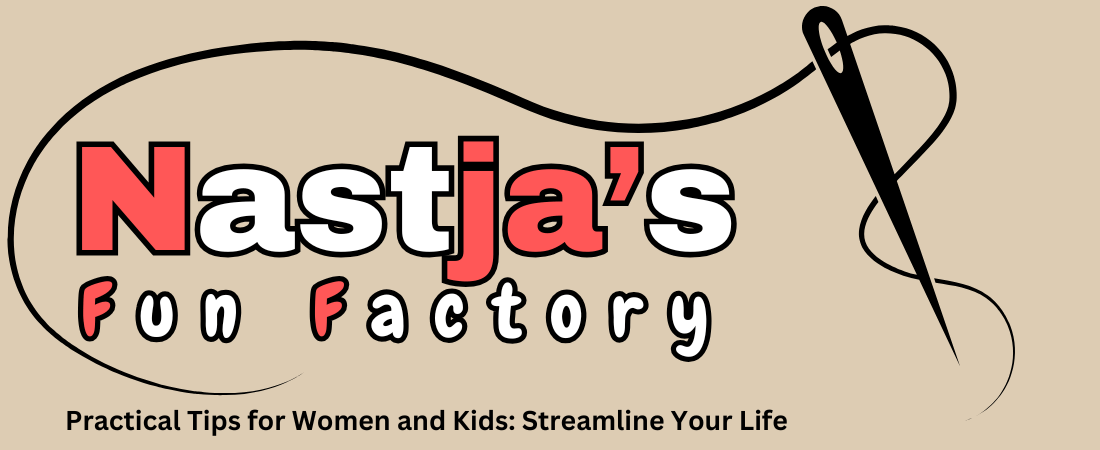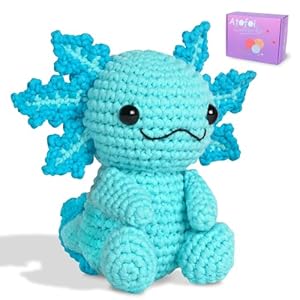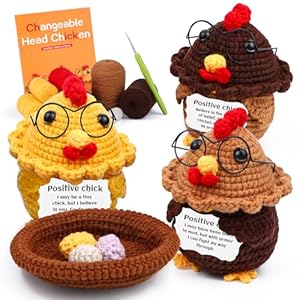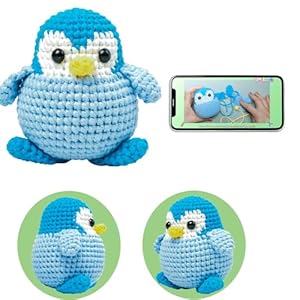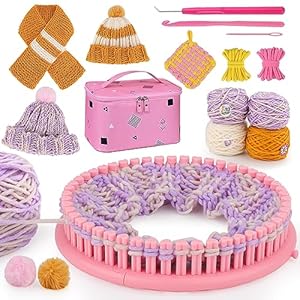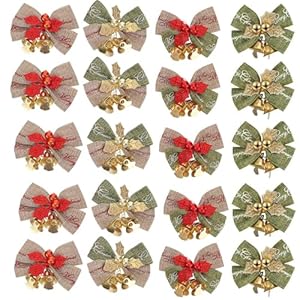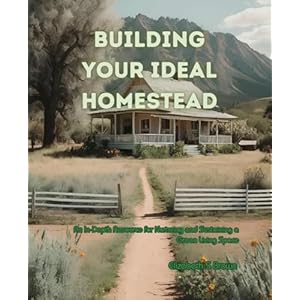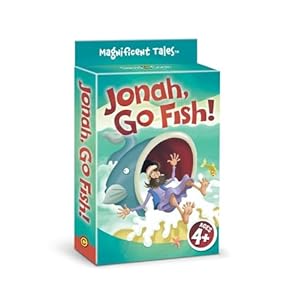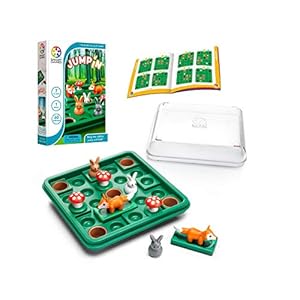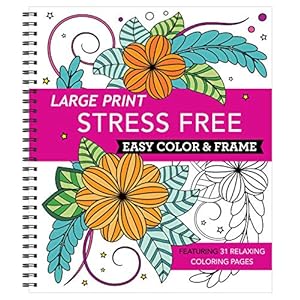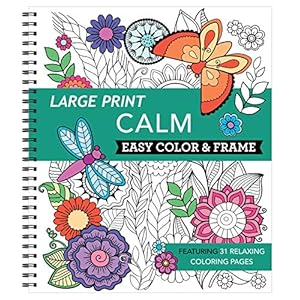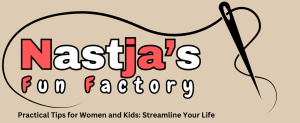
Eleanor Cottrell won the Drawing Award in Jackson’s Art Prize this year with her work Otherwise We Are Lost. In this interview, she discusses 10-hour drawing sessions, allowing the paper to breathe, and moving forward after stagnation.
Above image: Eleanor Cottrell in her studio 2025

Otherwise We Are Lost, 2025
Eleanor Cottrell
Oil pastel on paper, 45 x 45 cm | 17.7 x 17.7 in
Josephine: Could you tell us about your artistic background?
Eleanor: I completed an Art Foundation at UOG back in 2008, but then moved into Graphic Design for my degree at Falmouth. When I left, I spent a good 10 years not creating anything. I was lucky enough to travel and did myriad jobs abroad to fuel that, and wasn’t thinking at all about art or making, other than visiting the odd gallery. I don’t know when I started carrying around a little sketchbook again, but I played with scribbling in fineliner, sporadically inspired by some of the places I saw — nothing which I have saved now. This developed into an obsessive practice of drawing ferns when I got to New Zealand, which came back with me to the UK during Covid. In 2023 I wanted to play with colour; the fineliner wasn’t cutting it anymore. So I bought some oil pastels – well, honestly, I bought some paints and some brushes, and I hated it, so I bought some pastels and loved it. I began by making copies of greats, as my way of teaching myself how to use the pastels, and to experiment. They weren’t good. But they were fun. And they taught me about how I wanted – or didn’t want the texture. These early experiments are wildly different from how I work with pastels now, but they helped me immensely, helped me to learn before I could explore my own style and work out what I was trying to say. I think you can say you’re an artist whenever you feel like one. But I am not sure I am there yet, I think I am still feeling it out.

First oil pastel experiment in the studio.
Josephine: What does a typical working day in the studio look like for you? Do you have any important routines or rituals?
Eleanor: My studio is essentially just a floor. I work hunched over, scribbling like I did when I was 5 – it’s great. And it doesn’t take a lot to get set up. Usually, a day in the studio starts after a work day or on a weekend, and for me it is just grabbing a cup of tea, putting on a podcast and sitting down to my drawing board. I like to listen to things to block my brain out, but depending on the stages of a drawing, I have to repeat things a lot as I get lost in what I’m doing, but I just like the background noise. I will work in big chunks of time wherever possible; a 10-hour drawing Saturday is a regular and ideal occurrence.

Wild Multiplicity, 2024
Eleanor Cottrell
Oil pastel on paper, 40 x 40 cm | 15.7 x 15.7 in
Josephine: Which materials or tools could you not live without?
Eleanor: Blending tools. Well, and oil pastels. I use a mix of two brands of pastels – Sennelier, for their soft malleability, and Caran d’Ache for their opposite feeling. Usually, a piece contains passages of one or the other for different textures, and more often than not, there are layers of both together. For me, this mixed use of both is what I love, and I wouldn’t give up either one of them. But the use of a blending tool is what makes this medium so fun to work with. It allows me to get details, textures, blend colours and work both broad and fine. I use a blending tool I found at Jackson’s. I didn’t know what it was for, but figured it could work. It did. I’m still not sure what it’s “actually” for, but that doesn’t matter to me at all.

Materials: Pastels, Blending tools and drawing board.
Josephine: What are the stages of your work on a drawing? Do you make drafts?
Eleanor: For me, a piece starts with a blue pencil drawing on white paper. I use blue because it’s dark enough to show through a base layer of pastel, but without being too dark where I can’t conceal it. I think this is something helpful I have discovered, but if I’m honest, it probably started because of Alice Neel, and just worked out. It’s important to me to get a clean under-drawing – not too many sketchy lines – so that it doesn’t smudge with the pastel and taint the base colour. After this initial stage, I cover the piece with a really thin layer of “Titan Buff”, a warm, sort of beige colour. It gives a nice ground for the other pastel layers to go on to, but is very neutral. I then work in layers, usually putting in some light colours and working up from there. I don’t make drafts, but many works have seen the bin and been redrawn at every possible stage.

First stage of drawing – underdrawing in blue pencil, for Otherwise We Are Lost
Josephine: Do you regularly draw or keep a sketchbook? If so, how does this inform your work?
Eleanor: I don’t keep a sketchbook really – I sporadically sketch out compositions, but I can’t seem to keep one properly, although I’d love to be that person. I consider my work to be drawing, so in that regard, I draw all the time. For hours a day, wherever possible.

Sketchbook and other books from the studio
Josephine: Have you ever had a period of stagnation in creativity? If so, what helped you overcome it?
Eleanor: I think realistically, everything between leaving my Art Foundation and drawing ferns in 2019 was a period of stagnation, so I am not sure I can speak to how to overcome it. All I have learnt is that, when you feel like creating, do it, whatever it is, in whatever form and see where it goes. Just keep moving forward, always, whatever that means to you.

In What Moves Them, 2025
Eleanor Cottrell
Oil pastel on paper, 45 x 45 cm | 17.7 x 17.7 in
Josephine: Are there any specific artists or mentors who have inspired you?
Eleanor: There are so many artists who inspire me. These days, I am a voracious consumer of art and love learning about contemporary and historical artists. I’d be here for days listing artists, but to call out maybe the first that comes to mind. Toyin Ojih Odutola – whose book is next to me as I write this – Frida Kahlo, Pamela Phatsimo Sunstrum, Egon Schiele, Alice Neel, Ithel Colquhoun, Amoako Boafo, Belkis Ayon, Margaret Mee, Georgia O’Keeffe. I should stop. But all of these – and too many more – have inspired me in some way, either directly or by influencing the way I think or what I think about.

A Temporary Monumentality and Second Only to Water, 2024
Eleanor Cottrell
Oil pastel on paper, 44 x 44 cm | 17.3 x 17.3 in
Josephine: What were you thinking about or exploring at the time you painted Otherwise We Are Lost? What inspired it, and how did it come to be?
Eleanor: Otherwise We Are Lost is part of a small (ongoing) series, a culmination of wildly different thoughts which had been washing around my brain for a while. With all my work, I like to make things that look interesting – pretty, even – but I don’t feel the viewer needs to understand all my layers of madness coming together underneath it, unless they want to, and then it’s there to discover. Before this series, I had started thinking about The Rite of Spring after finding some clips of a new staging of the Pina Bausch ballet. Pina Bausch’s The Rite of Spring took the original Ballet Russes ballet and reimagined it, centring the woman’s experience, in a story of ritual where a woman is chosen to dance herself to death. She asks us, “How would you dance if you knew you were going to die?” I felt inspired and was thinking a lot about connection and about the stories of women, and about ritual and movement. I also began to think about how the ballet has historically been depicted in art. There’s such a long history of ballerinas being drawn or painted, from Degas to Yiadom-Boakye, and there is always a want to show the traditional ballet, the perfect line and leotards, tights and ballet shoes (though artists such as Yiadom-Boakye have done amazing things to make sure we see who’s wearing those leotards) The Rite of Spring is not about tradition – even the original ballet caused audiences to throw things at the stage and walk out, cut to Bausch in the ’70s and you find another riot of lashing out against the different. I wanted to create some works that spoke to the feeling of ballet without the perfectionism and traditional components, and the stills from this new The Rite of Spring became a base for me to explore these thoughts of humans’ primal need to move. I wanted to convey women’s expression, connection with each other and the earth in a brief, fleeting moment of dance. As Bausch put it, “Dance, dance, otherwise we are lost.”

Stages of a drawing – the base layer is down, highlights of light colours go on.
Josephine: Why did this piece feel like the right one to submit?
Eleanor: All my works feel deeply personal to me; they are the result of expelling the lunacies of thought in my mind. Like many creators, I find it hard to self-edit, and I thought long and hard about what pieces would be the “right one” to submit. In the end, I entered four pieces into Jackson’s this year, so I don’t know if I felt this was the right one, but I certainly hoped it would resonate with someone.

Stages of a drawing – building up other areas in layers from light to dark.
Josephine: How did it feel to move through the stages in the competition and win the Pastel Award?
Eleanor: I don’t really know how to answer this one. I think I started off being overwhelmed to be on the extended long list! I honestly never hoped past that. There are some really great pastel artists out there, all doing really different things, so I am just genuinely grateful that my work has connected with the judges and that it’s been put out there to such a wide audience.

Piece in progress
Josephine: There is a faded, grainy quality to your work that evokes a nostalgic digital feel. Do you use the medium in a specific way to achieve this effect?
Eleanor: This is interesting, I have never heard that about my work before. I’d like to know more about that. I think I do use pastels in quite a specific way that may not be traditional, so maybe that is what’s giving this feel. But also, part of what I enjoy about drawing is that the tactility of the paper plays a big part in the pieces through the texture, and maybe this is where you feel – graininess – really comes through. I think I have explained my process a little earlier, so I won’t go on about it again, but using a blending tool to apply the pastel means that the pastel is not thick and concealing the paper, it allows it to breathe and for the surface to form part of the work.

Apollo Falls, On the Grass, 2024
Eleanor Cottrell
Oil pastel on paper, 40 x 40 cm | 15.7 x 15.7 in
Josephine: How long does a piece like this take you to finish?
Eleanor: So many hours. This one was probably on the drawing board for two weeks, so anywhere from maybe 50 – 100 hours. I don’t really count them anymore, I lose track.

Eleanor Cottrell in her studio, 2024
Josephine: Are there any new materials or ideas you’re excited to explore using your Sennelier prize?
Eleanor: Not specifically. I really enjoy my medium, and the exploration for me at the moment is what I am trying to say, the ideas and how I can express them through composition and colour. The beautiful thing about this prize is knowing I can just keep making more.

Eleanor Cottrell studio
Josephine: What’s coming up next for you?
Eleanor: Making more work.
Further Reading
Meet Eleanor Johnson, Winner of Jackson’s Art Prize 2025
Jackson’s Art Prize 2025 Exhibition at Affordable Art Fair
How We Collaborate With Artists
Expert Advice on Making Your Way as an Artist
Shop Pastel on jacksonsart.com
The post Eleanor Cottrell: Layers of Madness appeared first on Jackson's Art Blog.
Trending Products
